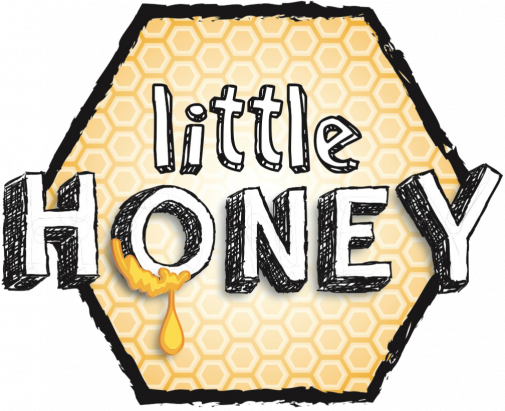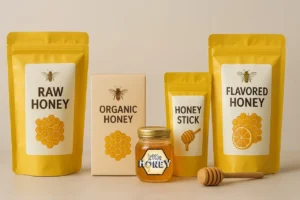
Sidr Honey Straws Specialist Singapore
How Honey Gains Its Natural Flavours?

How Honey Gains Its Natural Flavours?
How honey Gains its natural flavors Ever wondered? Natural flavors and smells are found in honey thanks to the nectar that bees collect from different flowers. The taste and color of honey depends on the kind of flowers growing within 2 miles around the hive area. As for light colored honey it has a delicate flavor, while dark colored honey is more rich. In contrast to synthetic types sold in the market, this particular way produces an unprecedented taste. The Manuka Honey from New Zealand is produced by the manuka flower, which is native to southeastern Australia and New Zealand. Honey produced would be determined by its specific location and type of flora. Across the globe, beekeepers know better than neglect its floral source that brings about this natural work-of-art. Every bottle of honey tells a story of laborious bees and the unspoiled environment they live in.How Can Honeybees Make Honey?
Honeybees produce a wonderful nectar that we know as honey. They do this by tirelessly ferrying nectar from full-blooming flowers back to their hives. In their stomachs, the chemicals are mixed with the mixture of proteins and enzymes in it for some time forming the honey. The liquid is subsequently stored in wax cells until they become full. Therefore, both the flavor and quality of honey are determined by the source plant species, which transmit both pollen and nectar. My personal experience with beekeeping has shown me how complicated it is for bees to create this natural sweetener. Such a small amount of work reflects on each batch of honey; not only does it reveal which flowers were used but also what season was like and where bees lived. This shows how amazing something so little can be made turning out to be very complicated and delicious hence making honey truly a gift from nature. Also, you can enhance your Health and Wellness through Honey.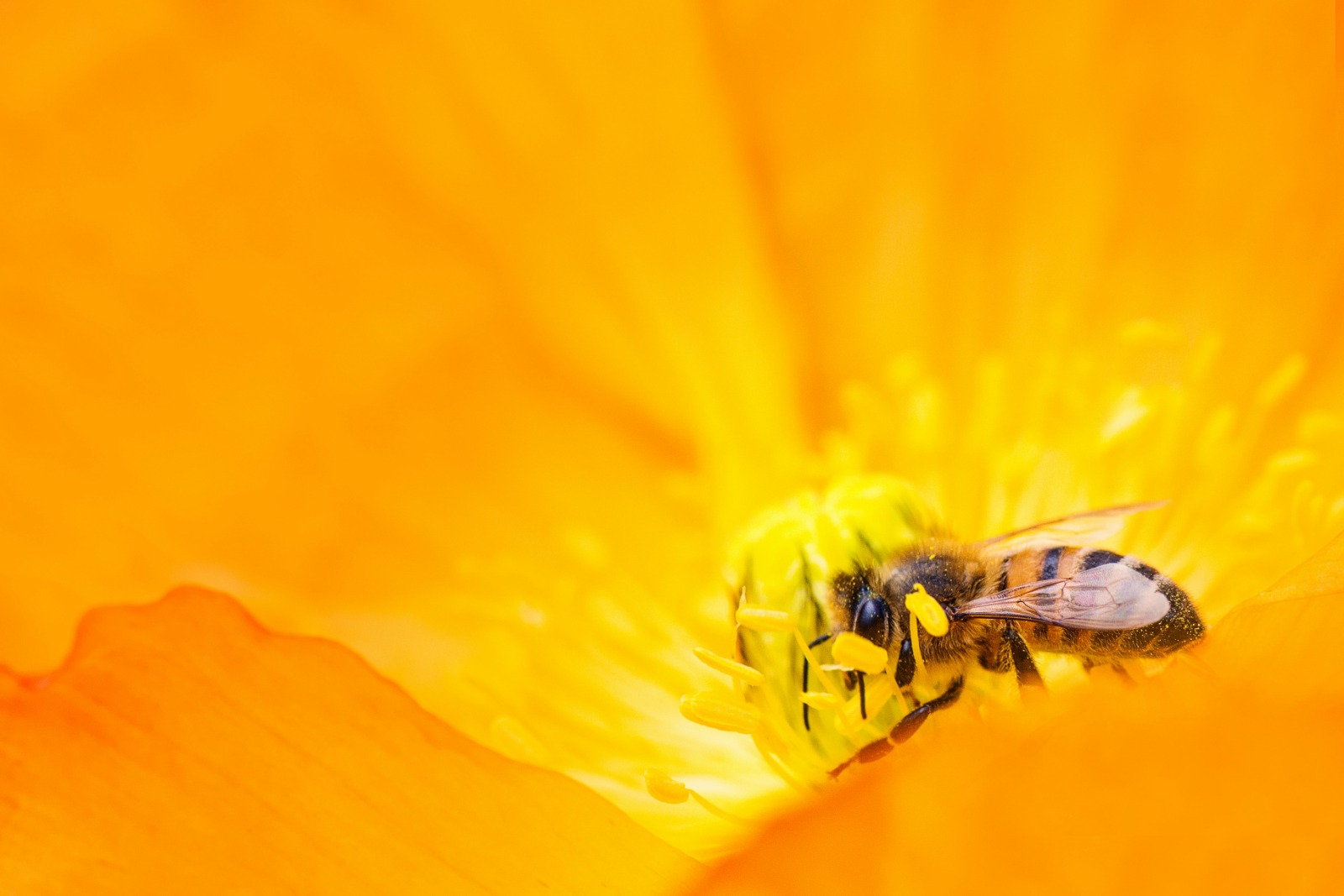
Are All Types of Honey Offering the Same Taste Experience?
Multiple sorts of honey are in existence each with its own unique taste and features. Some people may imagine that all honey tastes the same however, there are significant variations in taste profiles which depend on factors like location of hive, bees’ visited flowers and harvesting season. Normally local honey gives different flavors depending on the surroundings similarly to how grape type and type of soil influence the taste of good wine. In contrast, generic, store-bought honey tends to prioritize consistency and uniformity, sacrificing nuanced flavors for a standardized product. As an apiarist, I’ve observed that this natural process creates the unique and intricate flavors found only in honey.How Bee Activity Influences the Color and Flavor of Honey:
Honey’s color, as well as taste, can vary greatly depending on where bees gather their nectar. Honey can range in color from nearly colorless to deep brown and taste from slightly sweet to strongly flavored due to a variety of floral sources found across countries or regions. These variations produce both light and dark flavors which have distinct qualities of their own. Different varieties of bees collect nectar from diverse flowers all over the world, thus defining the wide range of colors and tastes in honey.Types of Honey
Acacia Honey
Acacia honey is highly valued for its sweetness and light hue remaining in its form. It extended periods thanks to its rich fructose content. It is renowned for its fragrance and slow crystallization process making it a popular choice despite being on the pricier side.Forest Honey
Forest honey captures the essence of wildflowers and plants reflecting the beauty of the serene landscapes where it is harvested. Its flavor and color vary depending on the region and seasonal blooms provide a flavorful tasting experience.Sidr Honey
Sidr honey, prized for its unique taste and health benefits, comes from bees that feed on the nectar of Sidr trees. Known for its rich flavor and dark amber color. This honey is harvested in regions like Yemen and Pakistan. Well, the reality is that it’s not only a food item; but also has high demand in traditional medicine as part of medicinal preparations.Eucalyptus Honey
Eucalyptus Honey adds a pleasant dimension with its background tones and hints of menthol to the mix too. Loaded as it is with anti-inflammatory and antiseptic qualities. This honey is dark in appearance, and has a taste profile that makes it preferred for its health benefits as well as the unique flavor.Ajwain Honey
Ajwain honey stands out for its aroma and therapeutic advantages effective against digestive ailments like constipation and bloating. It features a color and strong flavor derived from plant blossoms.Coriander Honey
Coriander honey presents a taste sourced from the delicate flowers of coriander plants. It is cherished for its ability to soothe ulcers and aid digestion serving as an addition to the array of honey varieties.Chestnut Honey
Chestnut honey has a flavor profile, known for its deep smoky, leathery and peppery notes. It complements cheeses perfectly. Is appreciated for its complex taste that is not overly sweet thanks to the tannins derived from chestnut trees. These various types of honey provide distinct culinary experiences along with medicinal properties that stem directly from nature. Which adds an extra allure for the well-being-inclined customer.Enjoy the Flawless Tastes of Sidr Honey with Little Honey
Little Honey Straws is a premium honey supplier that offers Pure and Premium Sidr Honey in Singapore sourced from local beekeepers in Yemen who use ethical and sustainable beekeeping practices. Studies have shown that Sidr Honey has more anti-inflammatory and antioxidant qualities than any other kind of honey.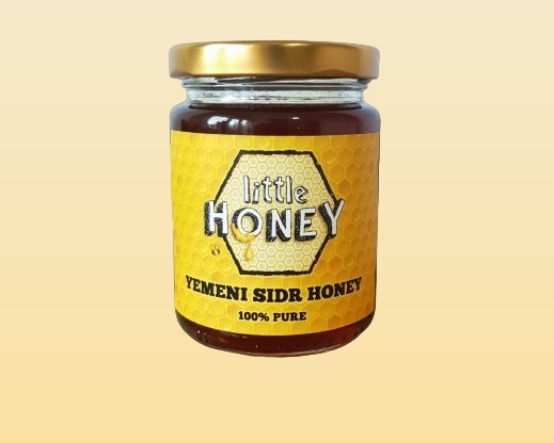
Share this post :
Categories
Latest Post

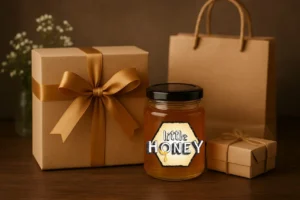
How Singapore Businesses Use Honey for Corporate Gifts?
November 14, 2025
No Comments
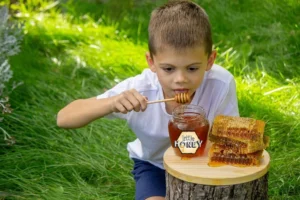
Honey for Kids: The Natural Way to Keep Them Healthy
November 10, 2025
No Comments

8 Amazing Benefits of Honey With Water
November 7, 2025
No Comments
Enjoy 5% OFF Your Next Order
Shop now and get Redeem 5% off your next order with us. Happy Shopping!
